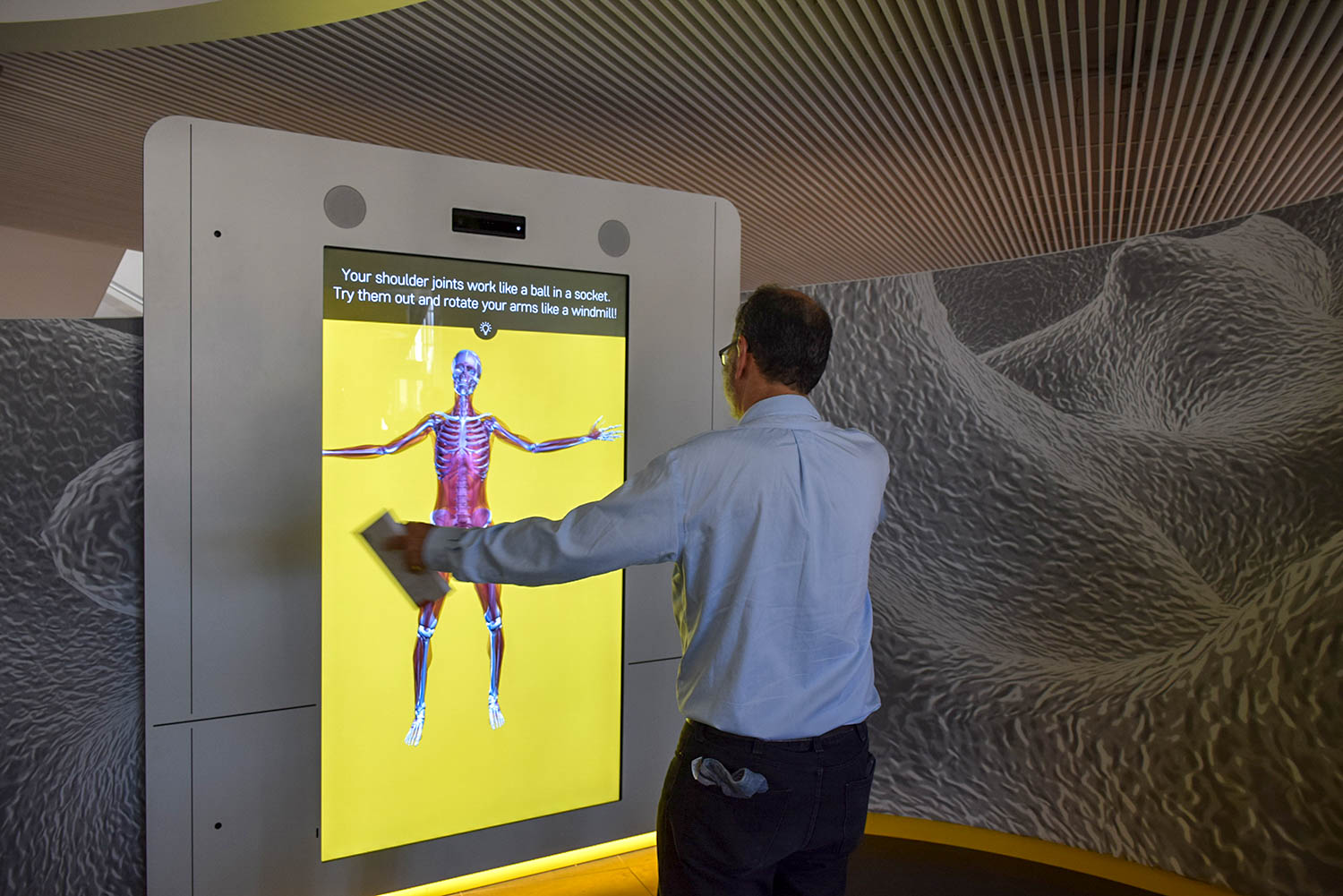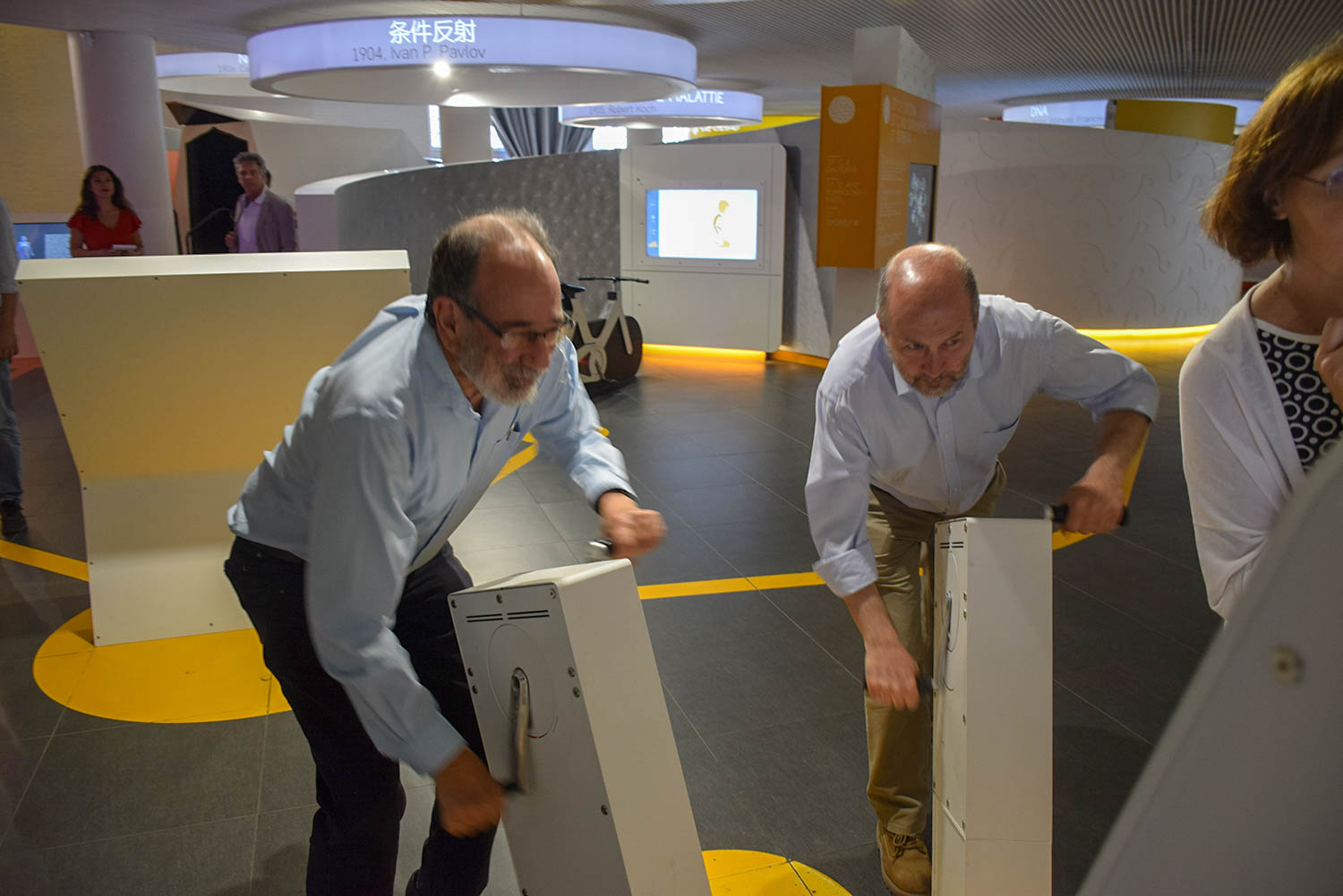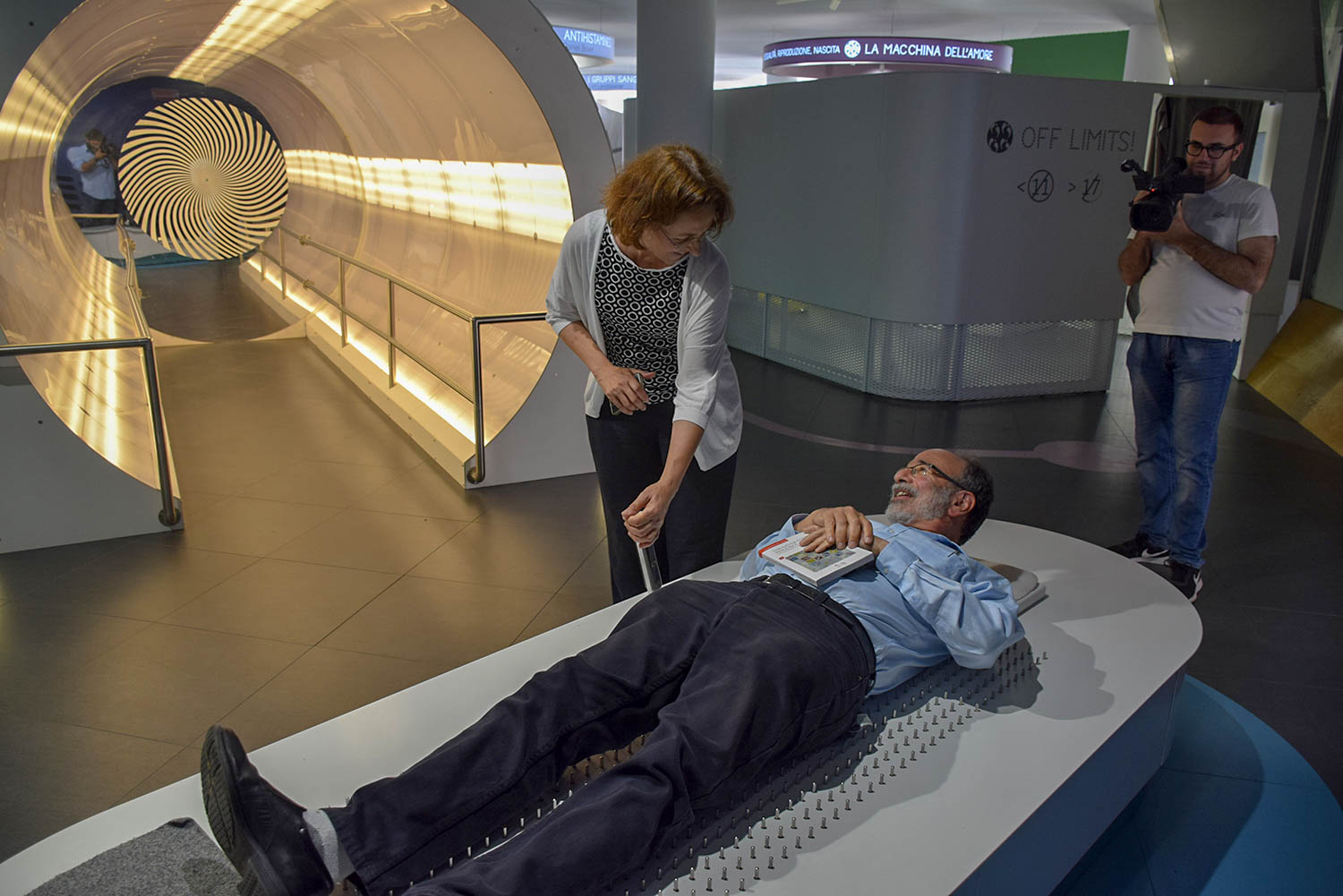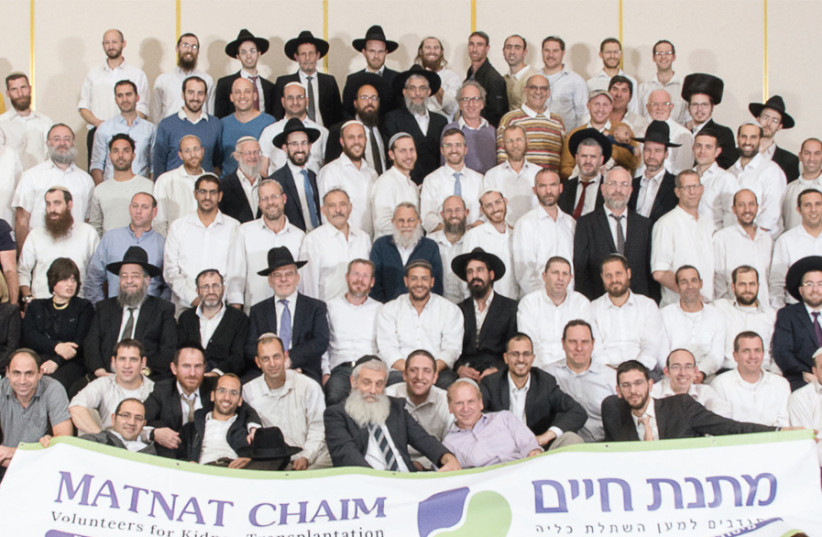One important idea behind 'flattening the curve' of covid-19 cases is that, if lockdowns reduce the case rate sufficiently, the economy might be able to open up again and leave control of the virus to contact tracing and selective quarantines. Contact tracing--tracing the contacts of sick people, to see who else they might have infected--was the go to method of trying to control sexually transmitted diseases. But it's likely that an infected person has an easier time remembering sexual contacts than the much more casual contacts than can lead to covid-19 infection.
And there are lots of ideas about how contact tracing might be conducted (and it isn't clear to me that any of them are being prepared for with sufficient seriousness to be actually put into place anytime soon...). The old fashioned way involves lots of people on the phone, interviewing those who have just tested positive.
Here's one story along that line, from The Hill:
Newsom wants to train 10,000 contact tracers in California
"California Gov. Gavin Newsom (D) said Wednesday that the state is planning to train up to 10,000 contact tracers amid the coronavirus pandemic.
"Expanding contact tracing and testing is one of six indicators Newsom said last week would drive the state’s decision to gradually modify portions of the stay-at-home order. "
And here's another, from Vox:
Contact tracing, explained
The US needs tens of thousands of “disease detectives” to safely reopen the economy.
By Dylan Scott
"To prevent another spike in cases, public health workers will perform the difficult and sometimes tedious process of interviewing people diagnosed with Covid-19, finding out who they have recently been in close physical contact with, and then informing those people of their potential exposure and advising them to self-isolate and get tested.
“The rapidity with which this work has to be done is really unprecedented,” Jeff Dunchin, who leads the epidemiology division in King County, Washington, the first epicenter of the pandemic in the United States, told me. “If you miss a few cases, those little sparks can set off a forest fire.”
***************
Another part of the contact tracing discussion involves apps on smart phones. The idea is that your phone can report to a good deal of precision where you have been, and/or who you have been near. That "and/or" has implications for privacy. If the contact tracers figure out if you and I have been near each other by looking at our path through the world, then they are recording a lot of information about us besides whether we have e.g. been within six feet of each other. Alternatively, using blue tooth enabled apps, we could just be recording which phones our phone got close to.
In either case, the idea behind phone apps for contact tracing is that if someone tests positive for covid-19, they record it on their app, go into quarantine themselves, and the apps of everyone to whom they have been close (in the last 14 days?) sound the alarms.
Here's a paper in Science:
Quantifying SARS-CoV-2 transmission suggests epidemic control with digital contact tracing
Luca Ferretti *, Chris Wymant *, Michelle Kendall , Lele Zhao , Anel Nurtay , Lucie Abeler-Dörner ,
Michael Parker , David Bonsall1,†, Christophe Fraser1,†‡
Abstract: The newly emergent human virus SARS-CoV-2 is resulting in high fatality rates and incapacitated health systems. Preventing further transmission is a priority. We analyzed key parameters of epidemic spread to estimate the contribution of different transmission routes and determine requirements for case isolation and contact-tracing needed to stop the epidemic. We conclude that viral spread is too fast to be contained by manual contact tracing, but could be controlled if this process was faster, more efficient and happened at scale. A contact-tracing App which builds a memory of proximity contacts and immediately notifies contacts of positive cases can achieve epidemic control if used by enough people. By targeting recommendations to only those at risk, epidemics could be contained without need for mass quarantines (‘lock-downs’) that are harmful to society. We discuss the ethical requirements for an intervention of this kind.
************
Here's a skeptical take on that from Brookings Techstream, that focuses on the considerable problem of false positive and false negative conclusions, and also on privacy and security:
Contact-tracing apps are not a solution to the COVID-19 crisis
April 27, 2020 Ashkan Soltani, Ryan Calo, and Carl Bergstrom
"we urge developers of contact-tracing apps, as well the companies enabling their development, to be candid about the limitations and implications of the technology. To be ethical stewards of these new public health tools, they must also provide explicit guidelines and “best practice” recommendations for the development of the apps. These should include recommendations for how back-end systems should be secured and how long data should be retained, criteria for what public health entities can qualify to use these technologies, and explicit app store policies for what additional information, such as GPS or government ID numbers, can be collected. They should adopt commonly accepted practices such as security auditing, bug bounties, and abusability testing to identify vulnerabilities and unintended consequences of a potentially global new technology. Finally, app creators—as well as the platforms that enable these applications—should make explicit commitments for when these apps and their underlying APIs will be sunsetted.
"There is also a role for law and official policy. If we are to use technology to combat coronavirus, it is critical that we do so with adequate safeguards in place. Here we mean traditional safeguards, such as judicial oversight and sunset provisions that guard against mission creep or limitations on secondary use and data retention that protect consumer privacy. We agree with our colleagues at the Civil Liberties Oversight Board that coronavirus surveillance should learn from the lessons of 9/11. But we also see a role of law and policy in policing against an all too plausible dystopia that technological solutions could enable."
*************
If you are in Australia, here's a government sponsored voluntary contact tracing app that you could try out if you want:
COVIDSafe app
Let's work together to stop the spread of COVID-19
COVIDSafe helps you and all of our communities. Assist health officials to quickly understand and tackle the spread of Coronavirus (COVID-19).
https://www.covidsafe.gov.au/
***********
And here is (a picture) of the above post in Spanish, in the (gated) 20th anniversary edition of the magazine Capital: Capital cumple veinte años
And there are lots of ideas about how contact tracing might be conducted (and it isn't clear to me that any of them are being prepared for with sufficient seriousness to be actually put into place anytime soon...). The old fashioned way involves lots of people on the phone, interviewing those who have just tested positive.
Here's one story along that line, from The Hill:
Newsom wants to train 10,000 contact tracers in California
"California Gov. Gavin Newsom (D) said Wednesday that the state is planning to train up to 10,000 contact tracers amid the coronavirus pandemic.
"Expanding contact tracing and testing is one of six indicators Newsom said last week would drive the state’s decision to gradually modify portions of the stay-at-home order. "
And here's another, from Vox:
Contact tracing, explained
The US needs tens of thousands of “disease detectives” to safely reopen the economy.
By Dylan Scott
"To prevent another spike in cases, public health workers will perform the difficult and sometimes tedious process of interviewing people diagnosed with Covid-19, finding out who they have recently been in close physical contact with, and then informing those people of their potential exposure and advising them to self-isolate and get tested.
“The rapidity with which this work has to be done is really unprecedented,” Jeff Dunchin, who leads the epidemiology division in King County, Washington, the first epicenter of the pandemic in the United States, told me. “If you miss a few cases, those little sparks can set off a forest fire.”
***************
Another part of the contact tracing discussion involves apps on smart phones. The idea is that your phone can report to a good deal of precision where you have been, and/or who you have been near. That "and/or" has implications for privacy. If the contact tracers figure out if you and I have been near each other by looking at our path through the world, then they are recording a lot of information about us besides whether we have e.g. been within six feet of each other. Alternatively, using blue tooth enabled apps, we could just be recording which phones our phone got close to.
In either case, the idea behind phone apps for contact tracing is that if someone tests positive for covid-19, they record it on their app, go into quarantine themselves, and the apps of everyone to whom they have been close (in the last 14 days?) sound the alarms.
Here's a paper in Science:
Quantifying SARS-CoV-2 transmission suggests epidemic control with digital contact tracing
Luca Ferretti *, Chris Wymant *, Michelle Kendall , Lele Zhao , Anel Nurtay , Lucie Abeler-Dörner ,
Michael Parker , David Bonsall1,†, Christophe Fraser1,†‡
Abstract: The newly emergent human virus SARS-CoV-2 is resulting in high fatality rates and incapacitated health systems. Preventing further transmission is a priority. We analyzed key parameters of epidemic spread to estimate the contribution of different transmission routes and determine requirements for case isolation and contact-tracing needed to stop the epidemic. We conclude that viral spread is too fast to be contained by manual contact tracing, but could be controlled if this process was faster, more efficient and happened at scale. A contact-tracing App which builds a memory of proximity contacts and immediately notifies contacts of positive cases can achieve epidemic control if used by enough people. By targeting recommendations to only those at risk, epidemics could be contained without need for mass quarantines (‘lock-downs’) that are harmful to society. We discuss the ethical requirements for an intervention of this kind.
************
Here's a skeptical take on that from Brookings Techstream, that focuses on the considerable problem of false positive and false negative conclusions, and also on privacy and security:
Contact-tracing apps are not a solution to the COVID-19 crisis
April 27, 2020 Ashkan Soltani, Ryan Calo, and Carl Bergstrom
"we urge developers of contact-tracing apps, as well the companies enabling their development, to be candid about the limitations and implications of the technology. To be ethical stewards of these new public health tools, they must also provide explicit guidelines and “best practice” recommendations for the development of the apps. These should include recommendations for how back-end systems should be secured and how long data should be retained, criteria for what public health entities can qualify to use these technologies, and explicit app store policies for what additional information, such as GPS or government ID numbers, can be collected. They should adopt commonly accepted practices such as security auditing, bug bounties, and abusability testing to identify vulnerabilities and unintended consequences of a potentially global new technology. Finally, app creators—as well as the platforms that enable these applications—should make explicit commitments for when these apps and their underlying APIs will be sunsetted.
"There is also a role for law and official policy. If we are to use technology to combat coronavirus, it is critical that we do so with adequate safeguards in place. Here we mean traditional safeguards, such as judicial oversight and sunset provisions that guard against mission creep or limitations on secondary use and data retention that protect consumer privacy. We agree with our colleagues at the Civil Liberties Oversight Board that coronavirus surveillance should learn from the lessons of 9/11. But we also see a role of law and policy in policing against an all too plausible dystopia that technological solutions could enable."
*************
If you are in Australia, here's a government sponsored voluntary contact tracing app that you could try out if you want:
COVIDSafe app
Let's work together to stop the spread of COVID-19
COVIDSafe helps you and all of our communities. Assist health officials to quickly understand and tackle the spread of Coronavirus (COVID-19).
https://www.covidsafe.gov.au/
***********
And here is (a picture) of the above post in Spanish, in the (gated) 20th anniversary edition of the magazine Capital: Capital cumple veinte años










